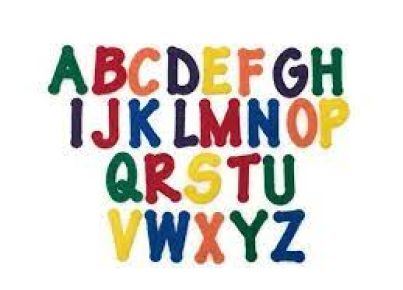Introduction
Figurative language is an essential element of literature that adds life, energy, and excitement to the written and spoken word. It allows writers to convey their ideas in more creative and engaging ways, while offering readers a deeper understanding of the author’s intention. This complete guide aims to help both teachers and students better understand, appreciate, and utilize figurative language in their work.
What is Figurative Language?
Figurative language refers to any words or expressions that intentionally deviate from their literal meaning to evoke strong mental images and create deeper, multi-faceted meanings. By using non-literal or metaphorical language, authors can create vivid imagery, complex ideas, and heightened emotions. Figurative language is commonly used in poetry, literature, and everyday conversation.
Types of Figurative Language
There are numerous types of figurative language, each serving a different purpose. Some common forms include:
1. Simile: A comparison between two unlike things using “like” or “as.” For example, “The stars shone like diamonds in the night sky.”
2. Metaphor: An implied comparison between two unlike things without using “like” or “as.” For example, “She was the sun on a cloudy day.”
3. Personification: Assigning human characteristics or qualities to non-human entities or inanimate objects. For example, “The wind whispered through the trees.”
4. Hyperbole: An extreme exaggeration used for emphasis or humor. For example, “I’m so hungry I could eat a horse.”
5. Onomatopoeia: Words that imitate the sound they represent. For example, “buzz,” “crash,” or “sizzle.”
6. Idiom: A phrase whose meaning is not literal but widely understood within a particular language or cultural context. For example, “It’s raining cats and dogs.”
7. Alliteration: The repetition of the same sounds or syllables, usually at the beginning of words, in a series or sentence. For example, “Peter Piper picked a peck of pickled peppers.”
Teaching Figurative Language
To effectively teach figurative language, educators should incorporate it into their lessons in various ways. Here are some strategies to consider:
1. Provide clear examples and explanations of each type of figurative language.
2. Engage students in class discussions about figurative language they encounter in reading materials.
3. Assign activities that encourage students to identify and analyze figurative language in various texts.
4. Encourage creativity by having students write their own examples or create visual representations of figurative language.
5. Use games and interactive tools to practice identifying and understanding figurative language.
Tips for Students
To master the use of figurative language, students should embrace the following tips:
1. Read widely across different genres and authors to encounter diverse examples of figurative language.
2. Practice rephrasing literal statements into more creative or figurative expressions.
3. Keep a journal to record examples of figurative language encountered in daily life, including media and conversations.
4. Share and discuss your favorite examples with peers to improve understanding and appreciation.
Conclusion
Figurative language is a powerful tool for self-expression, allowing both writers and speakers to communicate complex thoughts and emotions through captivating imagery, comparisons, and wordplay. By learning the various types of figurative language and incorporating them into their work, both teachers and students can enhance their literary abilities while deepening their understanding of the written word’s power.




